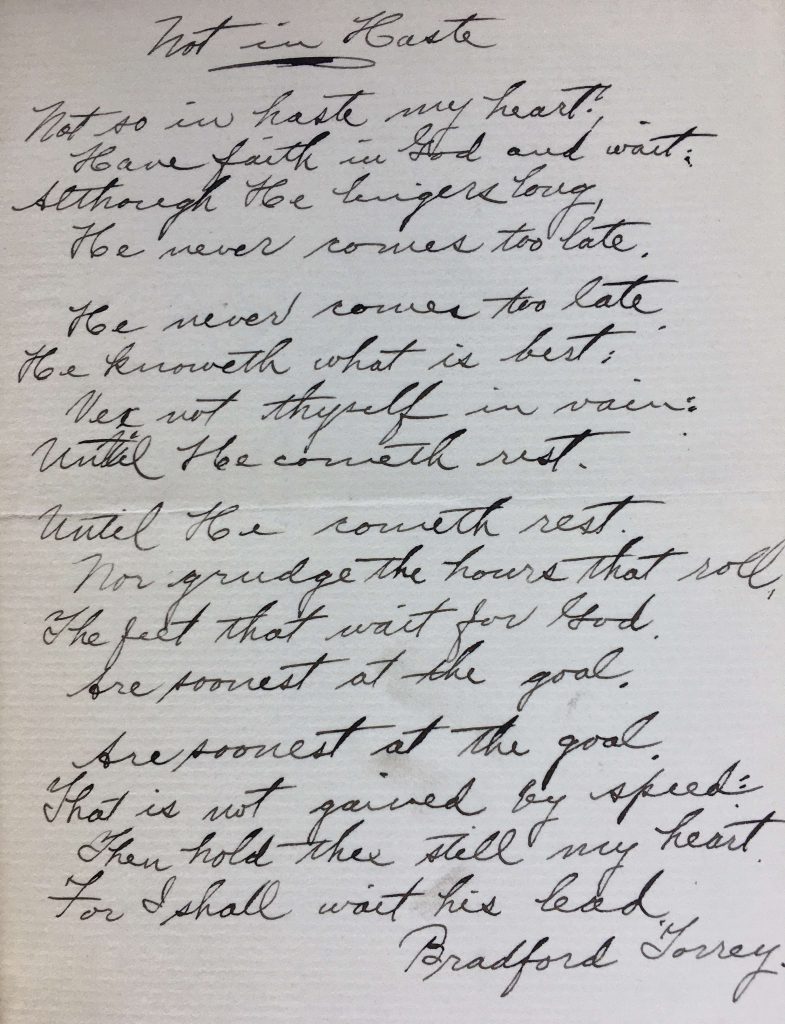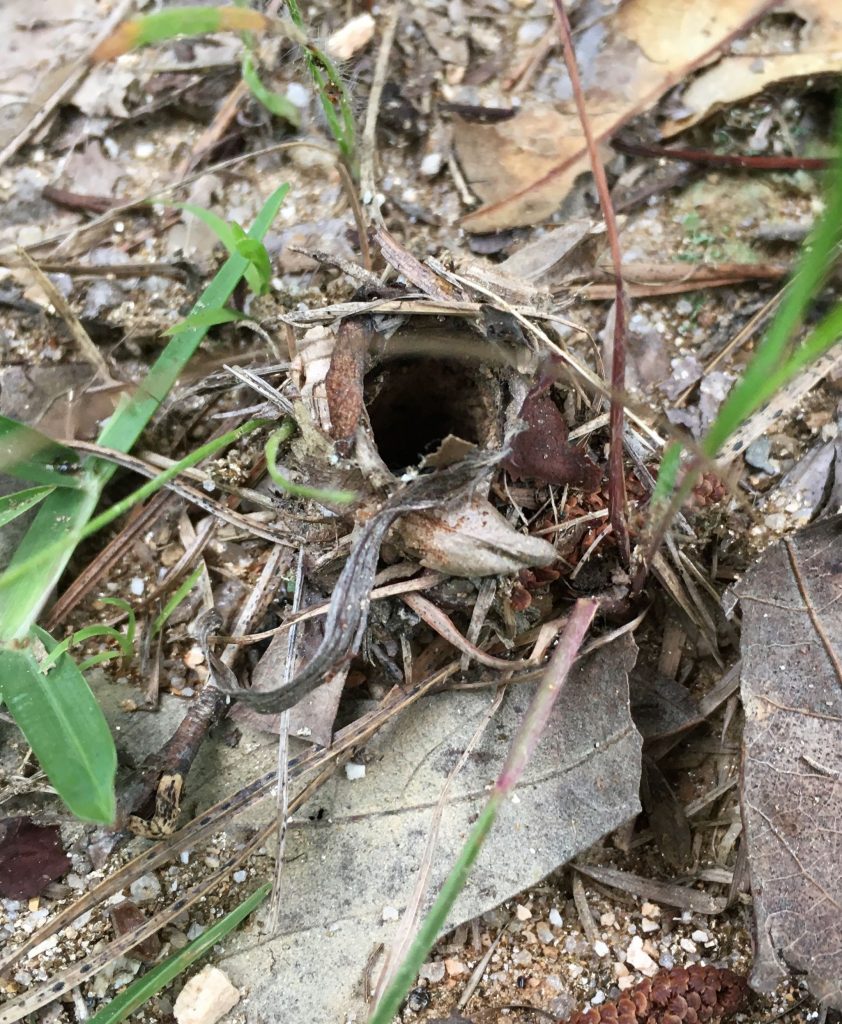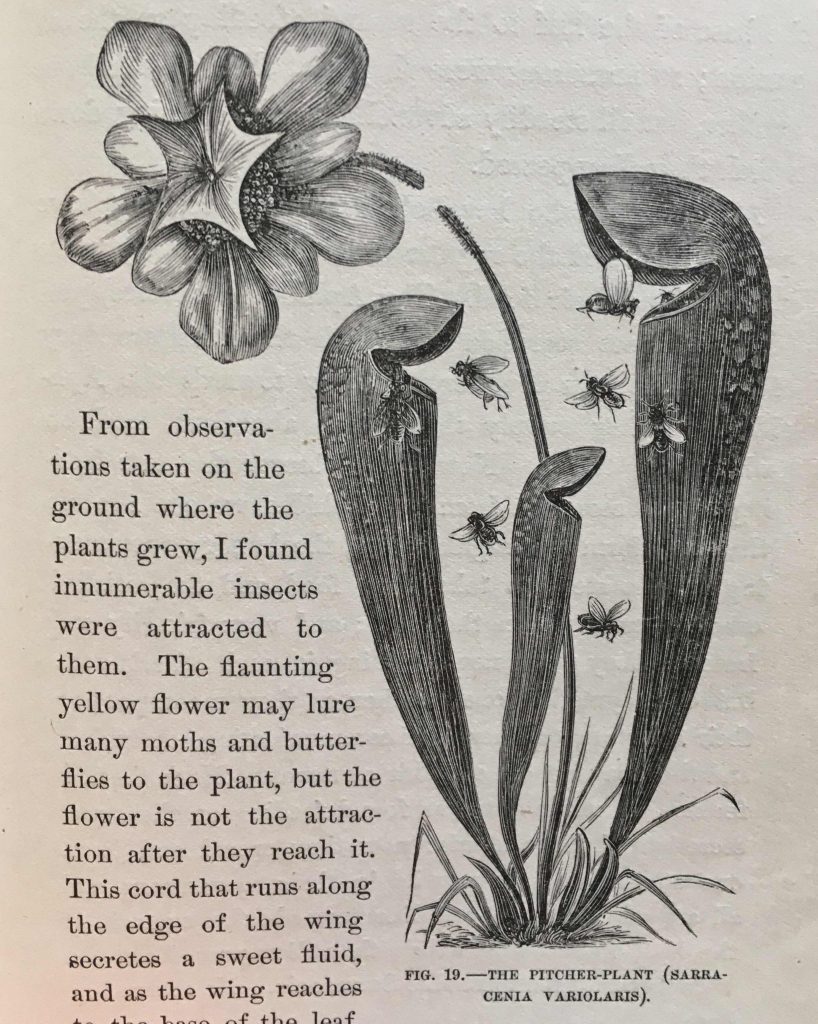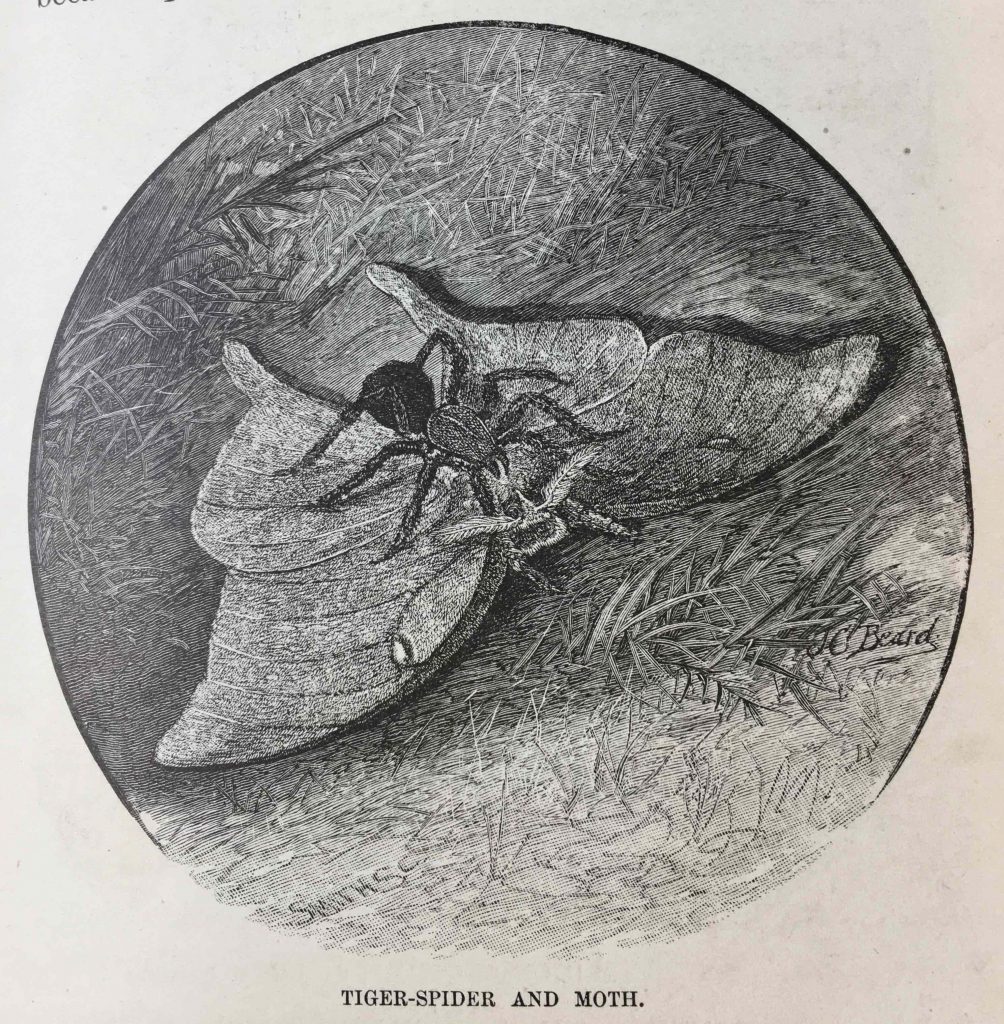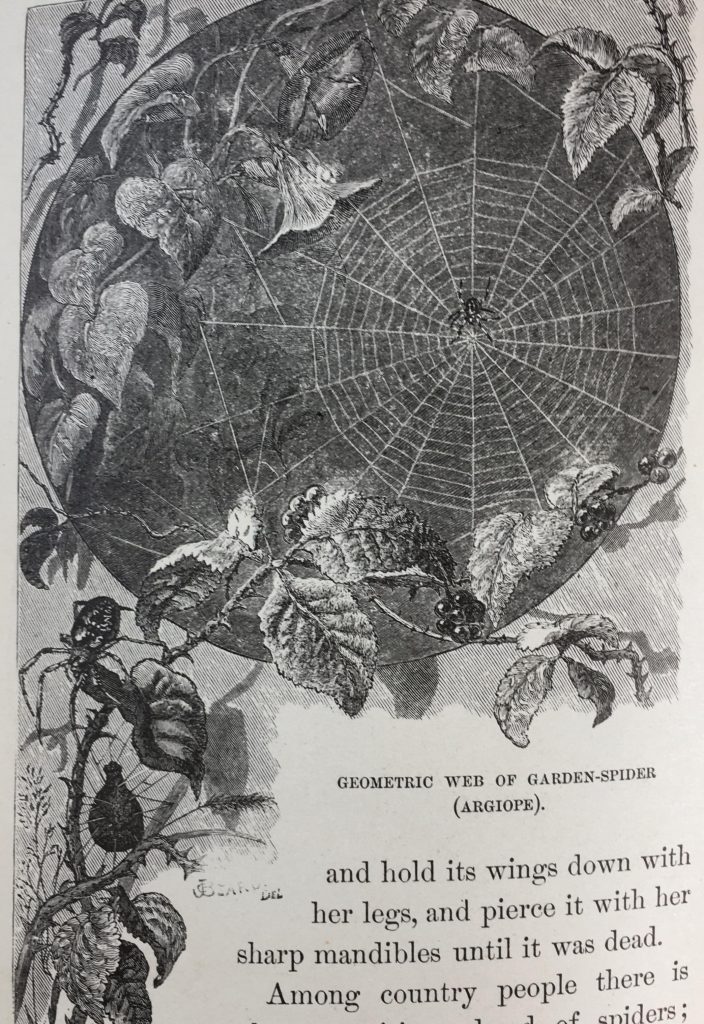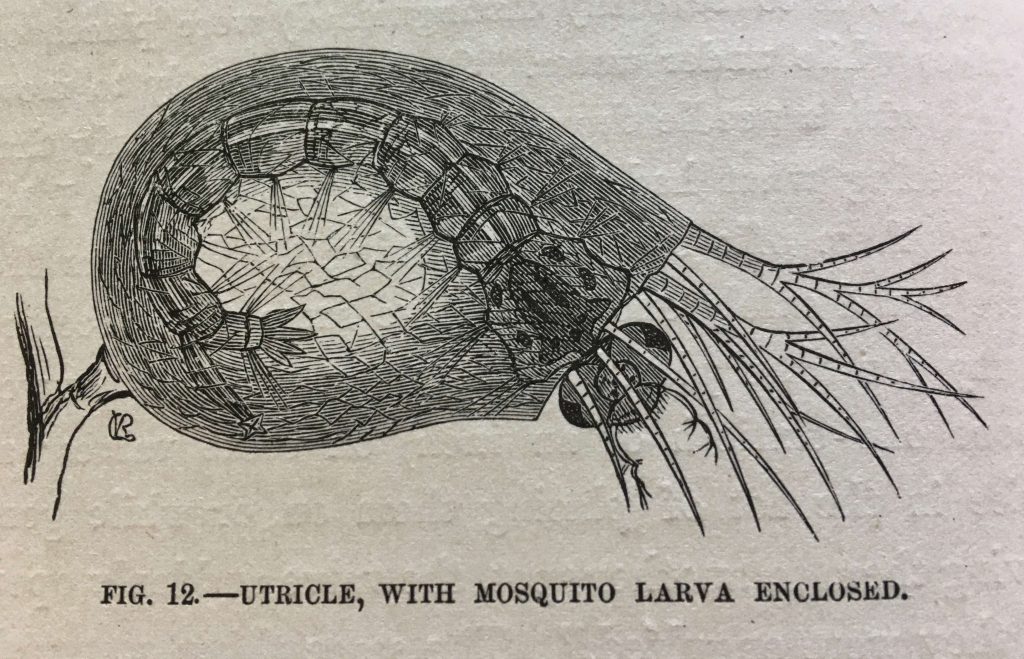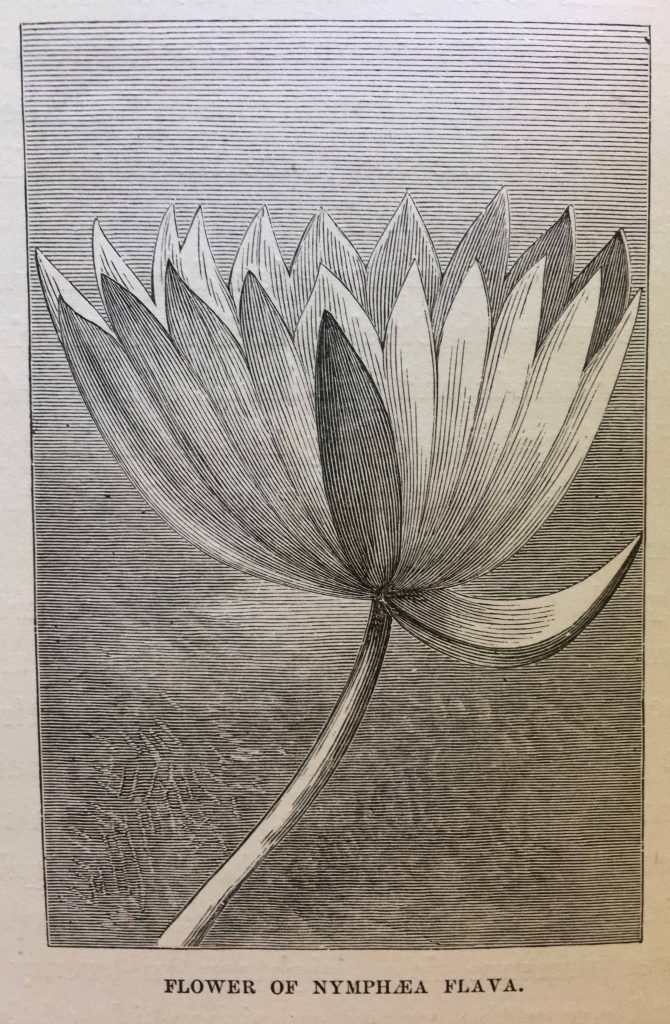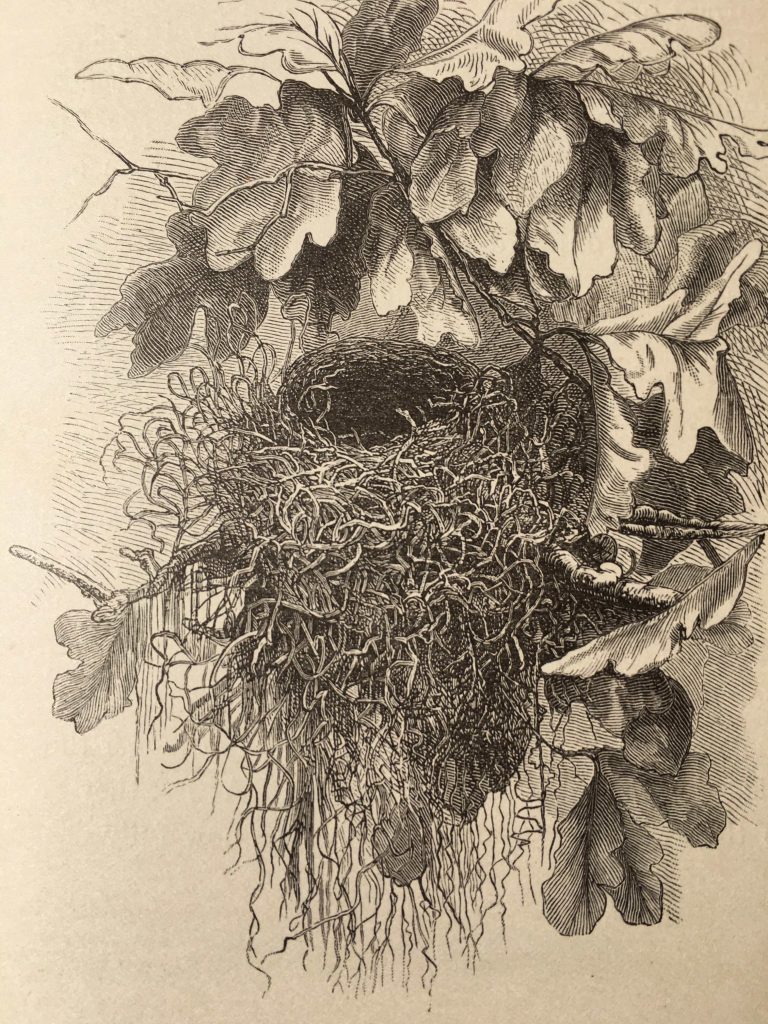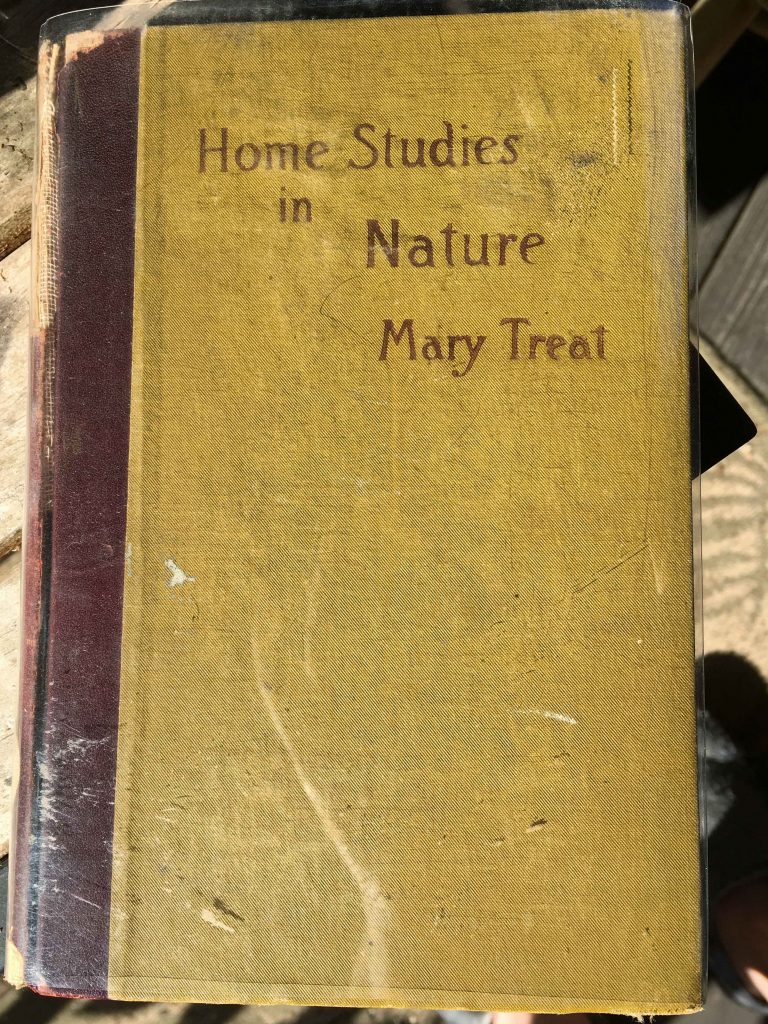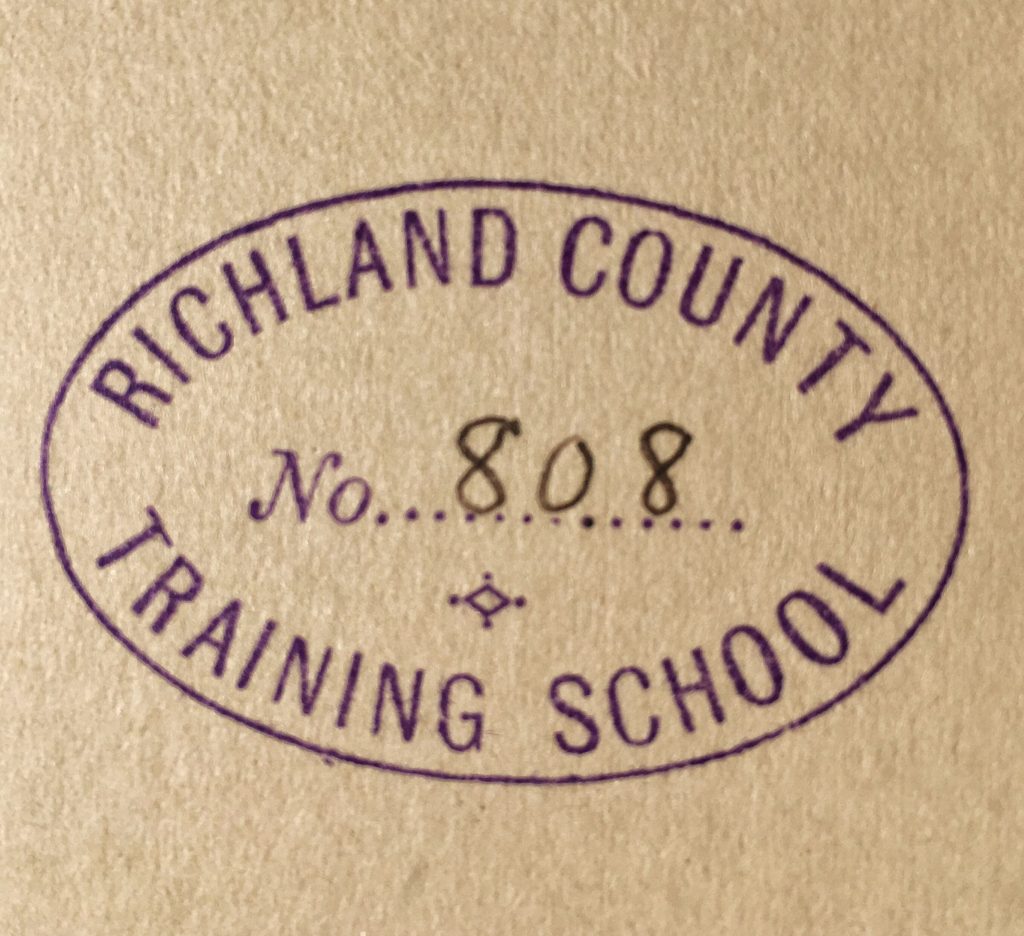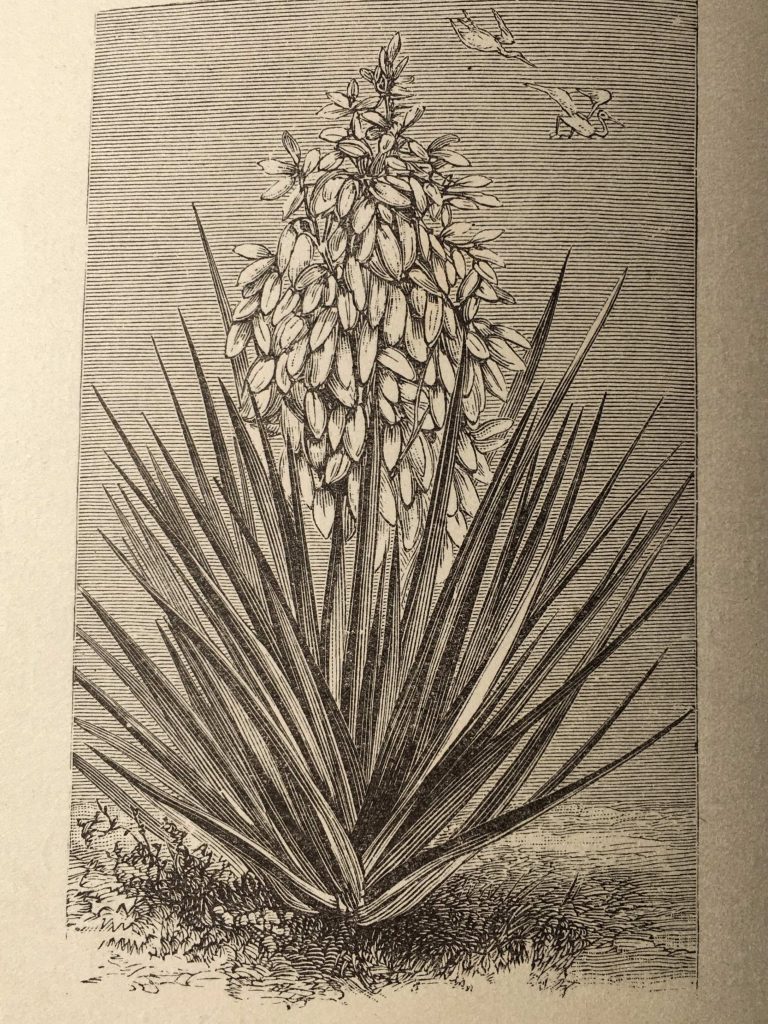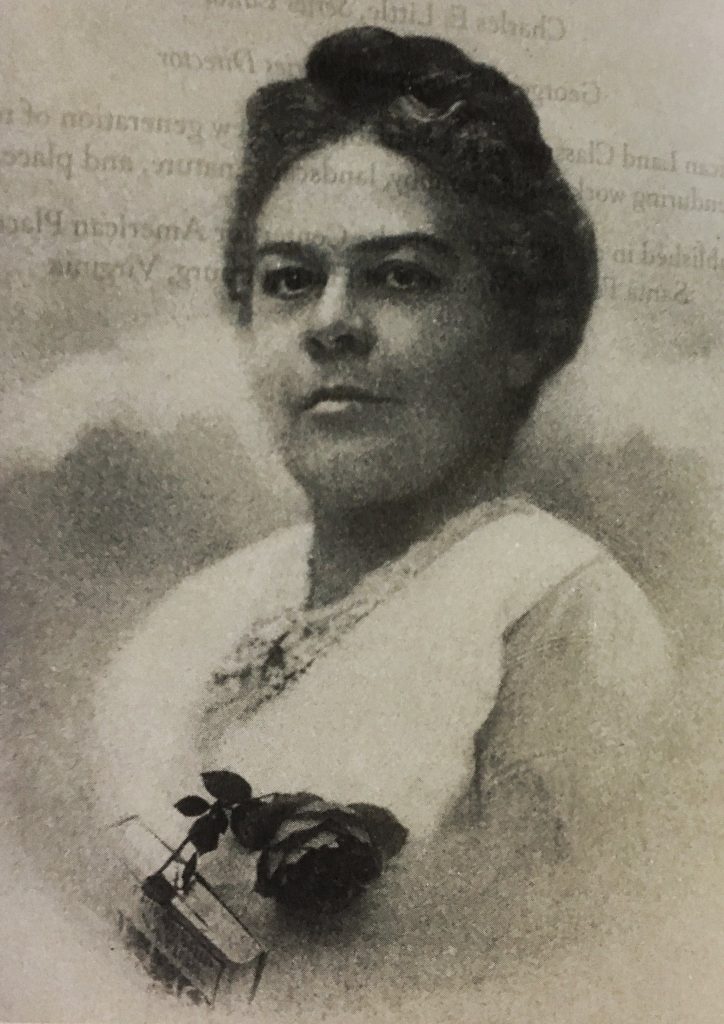
Day is relentless, boundless, pushing in its thoughts and suggestions; one road opens upon another and every path has its branches. Walk in the fields; at each step you meet a new circumstance and a different idea is forced upon you. In the woods you are led by a strange leaf, a new flower, a mossed stone, — in themselves, trifles, — into infinite mental detail. The flight of a bird opens vista upon vista, until you cease to follow, cease even to absorb, but are both possessed and absorbed by the power of Nature. Beauty becomes almost an oppression, and the sun-fed colour blinding, the sense of personal littleness humbling. How can we realize it all, how can we arrange ourselves in relation to it and interpret it rightly? There is so much to see, so much to learn, and so little time between the first consciousness of the eye and its closing.
THIS QUOTE FROM MABEL OSGOOD WRIGHT’S “THE FRIENDSHIP OF NATURE” BRILLIANTLY CAPTURES THE EXPERIENCE I HAD READING THIS BOOK. For most of its scant hundred pages, I felt utterly barraged by a never-ending procession of birds and flowers. In a single sentence, I might encounter a towee (who “hops among the bushes”), a redstart (“with breeze-ruffled feathers”), and a bluebird (whose “plaintive note drops liquidly”). Consider, for instance, this encounter with roadside weeds on a summer’s day walk:
The seeds and flowers are mingled together along the roadside, and the loiterer treasures many things that the farmer casts out of his fields. The yellow-starred St. Johnswort traces the path, and the grimy burdock, meshed with dusk-hung cobwebs, crowds the moth-mullein, and wild carrots spread their filmy umbles beside brown stalks of last year’s dock. Creeping, with clean, green leaves, the yellow hop-clover spreads and mats with the sweet white clover escaped from the files. The yellow toad-flax, or butter and eggs, a cousin of the garden snapdragon, with its densely packed racemes, steps in and out, climbing on stone heaps, tangled thick with trailing blackberry vines, underneath whose leaves lies the ripe, sweet, astringent fruit. Tasting it, we suck the purple drops of summer wine, and drinking, grow in tune with Nature’s melodies.
Reading this passage again, I am in awe of how brilliantly Wright has composed her scene, moving beyond a litany of names to ascribe unique features to each flowering plant, something to set it apart in the crowd of weeds along the road’s edge. The result is almost overpoweringly rich in visual detail. Indeed, her writing at times evokes a photograph album (Wright herself was an early nature photographer of considerable merit, and included several of her photographs in this book). Consider, for example, this wintery scene, incorporating seven different kinds of plants and animals:
In winter, when the frost-crust had the ground and the caked ice banked the stiffened creek, the reeds and sedges, long since gone to seed, rustled and cracked in the wind, etching clear shadows in the snow. The stripped bushes, with every twig articulated by crystal points, were perches for the owls, and on the wooded knoll, by the creek’s mouth, the eagle watched high in a tattered oak. The starving crows winged past like silhouettes, and the gulls, with hollow laugh, swept morsels from the sea, and at sunset all the scene was suffused with a cold purple glow.
CLICK. The vivid scene is etched into the reader’s memory, like the shadows of sedges in the snow. And all of it is beautiful, all of it is to be savored. Beauty calls to us everywhere:
Precious is the solitude and the song of the water thrush, for they soothe the spirit; precious are the orchards, the sunlight, and the home-going cattle, for they warm the heart. The red thrush perching high pours out his voluble song, while the lilacs sway over the wall. Still querying in an elm swings the oriole; is he bird, or flower, or cloud, or the transmigration of all?
BUT THERE ARE SERPENTS IN THIS WRIGHT’S GARDEN OF EDEN, ALSO. I intend that in the most literal sense — snakes. “Whether they are hurtful or not,” Wright declares to her readers, “snakes always seem a token of evil, a sign of some sinister power, and doubly so when we come upon them amid birds and flowers.” Care and appreciation for nature, then, may include removing (i.e., killing) certain animals so that others can prosper. For instance, during the first three years in which Wright managed a bird sanctuary near her home, cats, rats, snakes, and several unwanted bird species (such as European starlings) were all killed. Indeed, there is a reason that Wright’s book is subtitled “A New England Chronicle of Birds and Flowers”; those are the elements of Nature that she finds most entrancing. She may mention a squirrel in a sentence or two, but by the following paragraph, she has returned to her beloved birds and flowers once again.
WHERE DO HUMAN BEINGS FIT INTO IT ALL? In the final pages of her book, she speaks briefly of the inevitability of some environmental harm, so that human beings can live and progress. The damage cannot be ignored, but also cannot be prevented:
To the eastward stand tall chimneys that breathe flame and cinders, a factory city, whose thin, piercing spires are partly hidden by smoke.
Look at those chimneys also, though they break the harmonious circle, we must wear clothes and we must eat, for we may not all find sweetness in white oak acorns, like Thoreau. In winter, which lays bare the earth, man’s needs appear, and intensify his personal limitations. Mutual dependence, and not isolation, was the plan of creation.
IN RECOGNIZING OUR DEPENDENCE UPON NATURE, SHE WAS PERHAPS AHEAD OF HER TIME. In her claim that Nature somehow depends upon us, she was very much a product of her time. “The earth,” she asserted, “needs man’s stamp of progression.” It would be many decades — well beyond the scope of this present study — before humans would come to realize that, in fact, Nature would quite likely thrive without us.

ANOTHER POSTSCRIPT ABOUT MY BOOK. This time I had to settle for a recent paperback, as an original first edition is outside my price range. (But it is not as costly as one might imagine: a first edition is available right now at ABEBooks for under $100. It should be further noted that the initial run of this book was a mere 250 copies.) My modern edition from Johns Hopkins University Press includes a lengthy, highly informative introduction by Daniel Philippon, providing an account of Mabel Osgood Wright’s life and work. My particular paperback was published in 1999, and includes an inscription on the flyleaf: “To Mom with thoughts of our VT walks. [heart] Katy. 11/06.”

